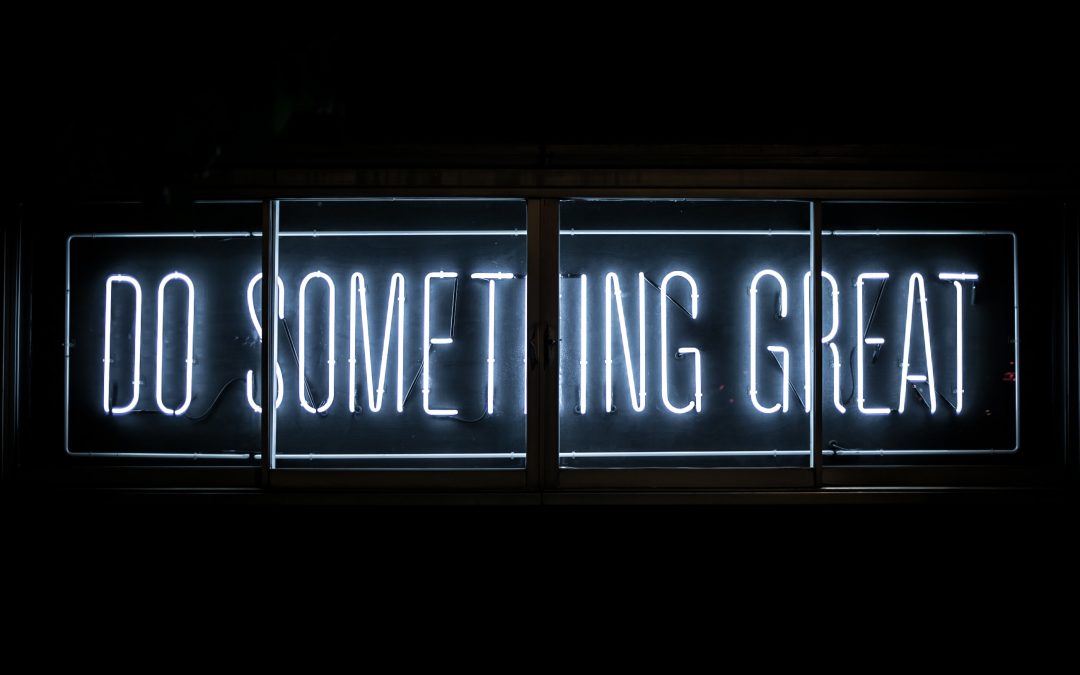“We have come to believe that the key success factor in business is simply getting one’s arms around almost any practical problem and knocking it off – now.” That’s great insight from one of the best-selling business books of all time, “In Search of Excellence,” by Tom Peters and Robert H. Waterman, Jr.
In the classic, the authors examine dozens of companies and attempt to distill down the common factors of their success. One theme that emerged was a bias towards action. It sounds pretty reasonable, but there are all sorts of reasons that it doesn’t happen.
Think about your company. If it’s like most, there are probably opportunities you’re missing because of inaction. Maybe you’re scared of failure – what will your customers think if a new product or service flops? Or how will an unsuccessful effort impact your balance sheet? Will your employees lose confidence in your leadership? Or maybe you fear your staff aren’t capable of handling tasks outside of tightly-defined roles.
Don’t let these excuses (and others you could come up with) prevent you from action. Experimentation can be a competitive edge. “Do it, fix it, try it,” as the authors put it, is a great way for your company to effectively and efficiently learn. If you aren’t trying new things, you can bet competitors are.
This is not to say you should throw caution to the wind and stake the company’s future on a crazy risk. But you should develop and foster the corporate habit of experimentation – that kind that is results-focused.
So how do you know if an experiment is devised correctly? Start with a small number of clear, simple, measurable objectives. Don’t make it too complex. Make experiments short and manageable. If one fails, that’s fine. You’ve learned a lot in the process. Move on to the next one.
One CEO explained it this way: “I often believe that making a decision, even if it is a bad decision, is better than making no decision at all.” You don’t have to be overly-committed to failure. When one experiment proves unsuccessful, scrap it. But then move quickly to another one. Keep the process continually going.
Fruitful experimentation also needs employee buy-in. Create a culture of enthusiasm and curiosity. Make fluid, project-based behavior the norm. And, empower your employees. If leadership is supportive of trial and error, employees will perform better, be tolerant of imperfection, and make real progress. On the other hand, if employees think the first misstep will result in wrath from the C-Suite, then you can kiss innovation goodbye.

